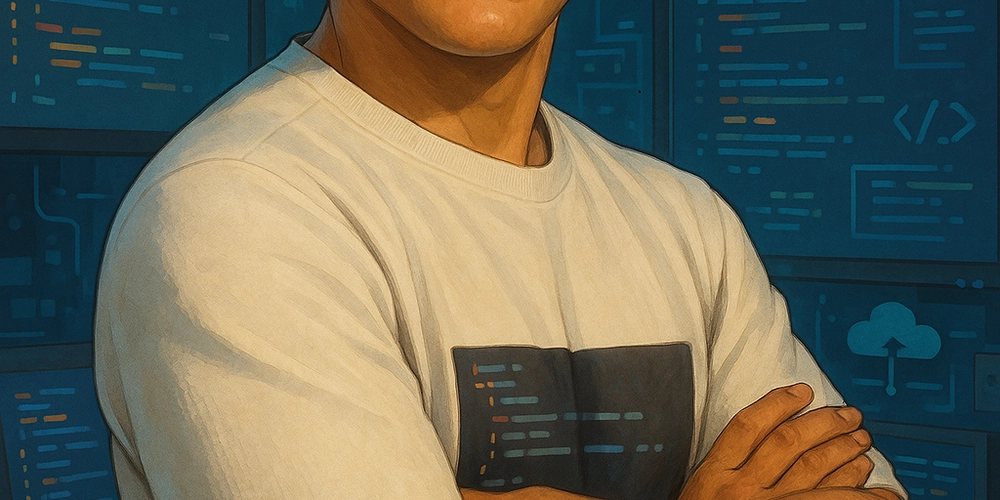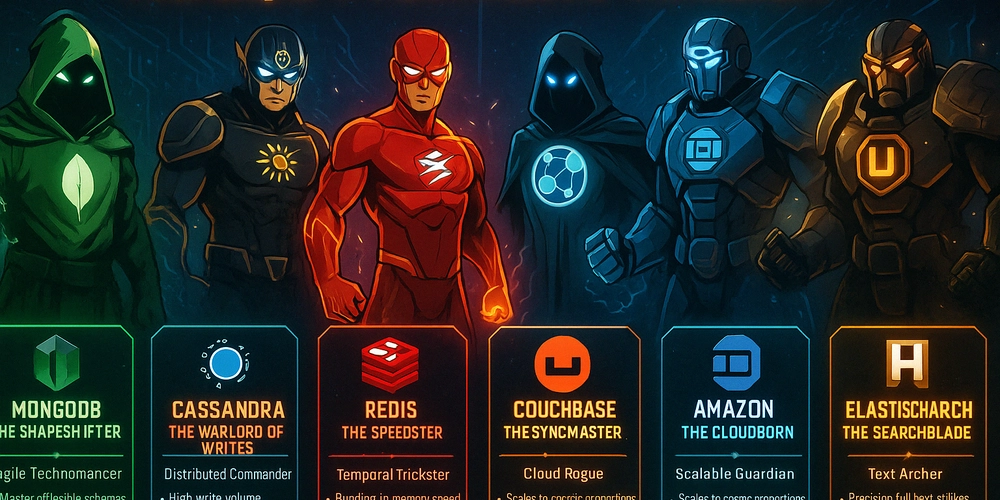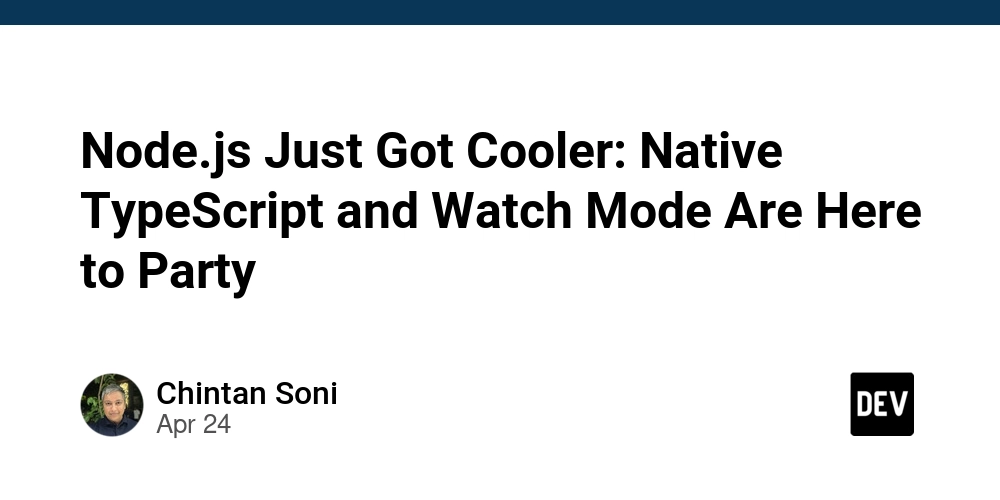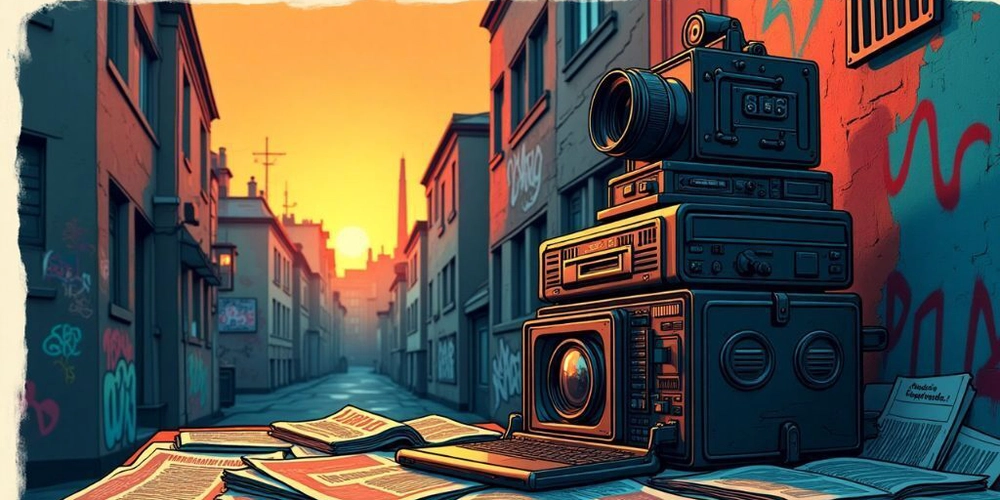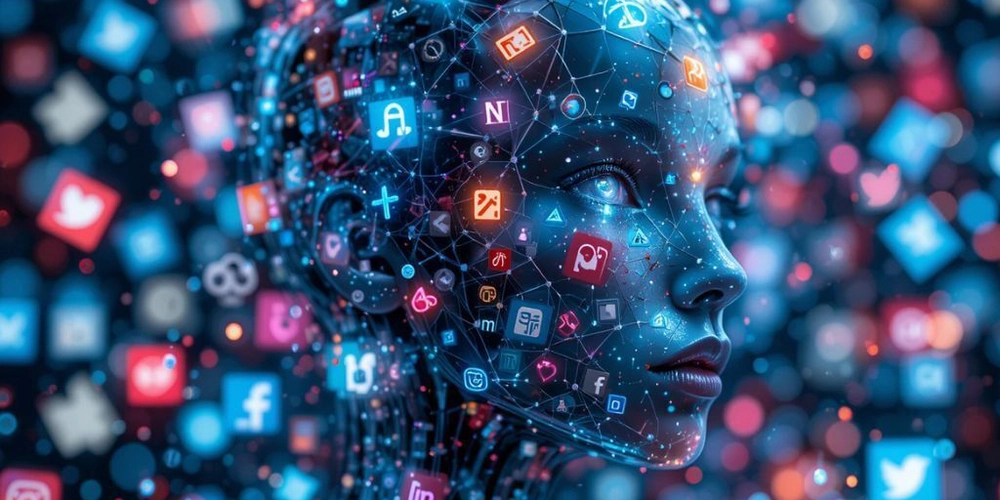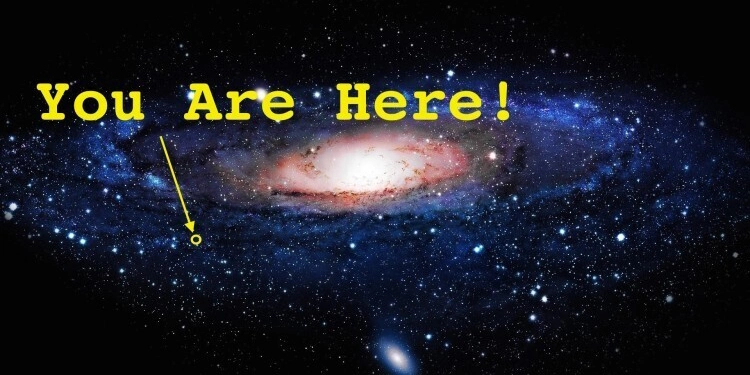
Copyright Confusion Cleared: Understanding Your Rights Online (and with AI)
Confused about copyright in the digital age? You're not alone! Especially with the rise of AI, understanding copyright limitations and what constitutes copyright infringement is more critical than ever. This article breaks down common misconceptions and offers clarity on how copyright law applies to the internet, open-source software, and even training those complex Large Language Models (LLMs).
Decoding Copyright: What Does "Right to Copy" Actually Mean?
At its core, copyright grants the owner exclusive rights to copy their work. Think of it this way: if you create it, you control who makes copies. If someone else makes unauthorized copies, they're potentially infringing on your copyright. A copyright holder can absolutely license other entities to make authorized copies.
Public Domain: Where Creativity Becomes a Free-For-All
The public domain is the opposite of copyrighted. Works in the public domain are free for anyone to copy, modify, and distribute without permission. It's a creative playground without restrictions.
BUSTED! Common Copyright Myths Debunked
Think you know copyright? Think again! Let's tackle some pervasive myths:
Myth #1: "If It's on the Internet, It's Public Domain."
Absolutely false!. Just because something is accessible online doesn't automatically make it free to use. This is a huge misconception. Many copyrighted materials are available online, sometimes even for free (think open-source software). Downloading unauthorized copies is still copyright infringement, plain and simple.
- Reality Check: Open-source software is often copyrighted despite being freely available.
Myth #2: "Fair Use Lets Me Do Whatever I Want!"
Wrong. Fair use allows limited use of copyrighted material without permission for specific purposes like criticism, commentary, news reporting, teaching, or research. However, it's not a free pass, and it's assessed on a case-by-case basis considering factors like:
- The purpose and character of the use
- The nature of the copyrighted work
- The amount and substantiality of the portion used
- The effect of the use upon the potential market for the work
Simply reading a book or browsing a website falls outside fair use because accessing the originally intended purpose of the work is often licensed or is an authorized copy. What you choose to do with the content after that access isn't relevant either.
- Key Takeaway: You can't hide behind fair use to justify any and all uses of copyrighted material.
Myth #3: "No Profit, No Problem: I'm Not Making Money from It!"
While commercial gain can worsen a copyright infringement case, it's not the only factor. Even non-profit uses can infringe copyright if they don't meet the fair use criteria. Remember, fair use considers all factors.
Copyright and AI: Untangling the LLM Training Maze
The brave new world of AI raises tricky copyright questions, especially concerning Large Language Models (LLMs):
-
Unauthorized Copies: LLMs are trained on massive datasets scraped from the internet. If these datasets contain copyrighted works obtained without permission, the AI company may be committing copyright infringement.
-
"Regurgitation": If an LLM reproduces verbatim copies of copyrighted works, it constitutes copyright infringement, plain and simple.
-
"Style Mimicry": Can an LLM infringe copyright by creating works "in the style of" an artist? While style itself isn't typically copyrightable, creating a work "sufficiently similar" to an existing one can be considered a derivative work, potentially infringing on the original artist's copyright.
-
Character Copyright: Characters with distinctive traits (think Sherlock Holmes) can be copyrighted. An LLM-generated work featuring such a character could infringe even if the overall style is original.
-
Real-World Example: The New York Times' lawsuit against OpenAI highlights these very issues.
Conclusion: Copyright Clarity for the Digital Age
Understanding copyright law and the internet is crucial for everyone, from casual internet users to AI developers. Don't fall victim to common misconceptions. By respecting copyright limitations, we foster a creative environment that benefits everyone.

